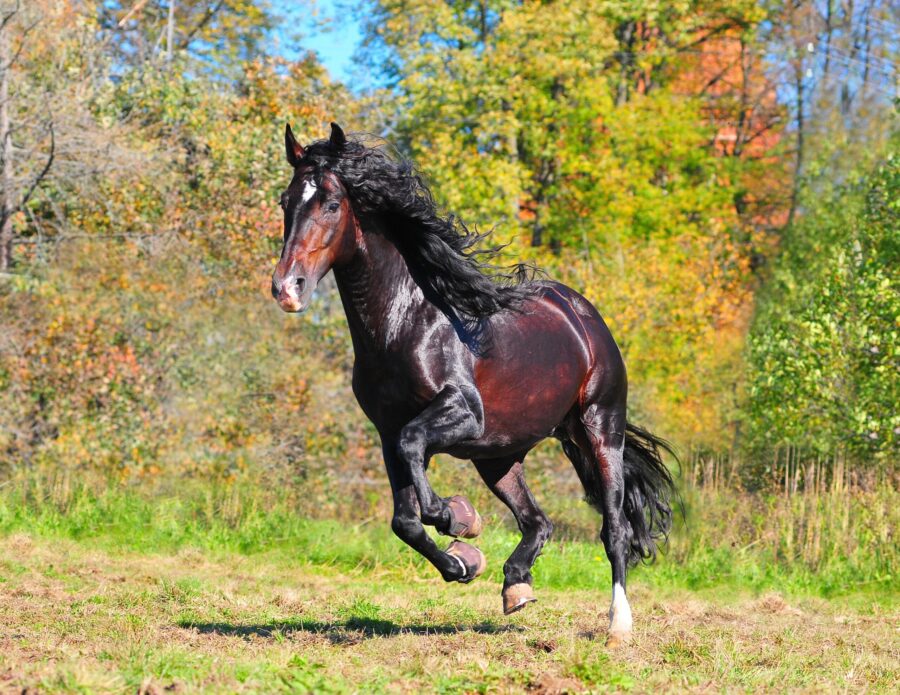In a recent study centered around canine cognition, researchers have uncovered compelling evidence that family dogs possess the ability to associate different sounds with appetitive stimuli of varying incentive values. The study, conducted over two experiments involving both behavioral paradigms and functional magnetic resonance imaging (fMRI) studies, sheds light on the relationship between auditory cues, appetitive stimuli, and neural responses in dogs.
In the first experiment, 20 family dogs participated in a problem-solving behavioral paradigm, demonstrating a remarkable ability to associate specific sounds with different food rewards. The dogs exhibited quicker problem-solving abilities when presented with the sound associated with higher-reward-value food, suggesting a clear link between auditory cues and the motivational state of the dogs.
Building on these findings, the researchers conducted a second experiment involving both behavioral paradigms and fMRI studies. Twenty specially-trained family dogs participated, allowing for a deeper exploration of the neural mechanisms underlying their associations between sounds and appetitive stimuli.
Surprisingly, in the second study, the behavioral difference observed in the first experiment was not significant. However, the neural responses told a more nuanced story. The researchers focused on two key brain regions: the caudate nucleus (CN) and the amygdala. Post associative training, the CN in the dogs exhibited higher activation in response to the sound associated with higher-reward-value food, as compared to the sound linked to lower-reward-value food. The amygdala, another crucial brain region, displayed an increased response to both sounds after the associative training, indicating heightened neural activity in connection with the learned associations.
A whole-brain representational similarity analysis further highlighted the distinct cerebral patterns in the caudate nucleus after training, emphasizing the dogs ability to differentiate between the sounds based on learned associations.
The study not only showcases dogs remarkable ability to associate sounds with specific appetitive stimuli, but also reveals the neural processes involved. The right caudate nucleus emerges as a key player, integrating motivation and reward representation based on associative learning. The findings not only deepen our understanding of canine cognition but also open doors to further exploration of the canine mind.







